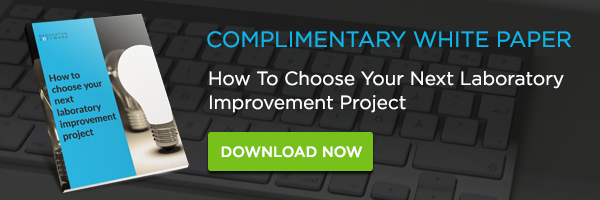
Managing workload can be challenging, especially when you have tight deadlines. In this blog, we share with you some tips and tricks of the trade to make it easier on you. Whether you’re looking to improve your personal time management or you’re a Lab Manager responsible for 20 analysts, these tips equally apply.
The List
Most laboratories have a sample registration or log of projects. Creating and maintaining a visual list of work ensures that no sample or project is forgotten. A visual list provides a means of communication. By recording the person responsible and current status, anyone working in the lab can quickly see the current workload.
Minimise Work in Progress
Each person has a maximum capacity they can work on at any given time. Setting a limit on work in progress ensures that each task is progressed to the right stage of the process before the next task is started. This helps the team keep a rhythm to their work and encourages a culture of “done”. This also makes blockers and bottlenecks visible, and allows the team to tackle the problem in order to progress work more efficiently.
Prioritise
In addition to the visual list, prioritising each item of work is helpful. If your team of analysts are fluent in the same techniques, they will have the ability to pick from the top. This helps communicate what items need analysis first, and the team can be empowered to work together to push through urgent samples. It’s also important to agree on what defines the priorities. This could be value, effort required, or negative consequences. Keep in mind the 80:20 rule and use this to weight your tasks based on the value you and the business will derive from completing them.
Be Realistic
We all know that most tasks inevitably take longer than we expect so make sure you allow for the unexpected when allocating time for completing tasks.
Review Regularly
Welcome change, but maintain a framework that supports this. Reviewing your workload on a regular basis allows you to address current progress, discuss blockers and adjust where changes are required. Regular reviews create a rhythm to the workload and also allow you and your team to update your list accordingly.
Time Box
Break down your list of work into smaller more manageable tasks. Timebox each task by giving strict time boundaries. This is particularly useful for analysis that may not be routine. Setting mini-milestones helps the team realise frequent wins and becomes motivational each time a mini-milestone is successfully achieved.
Standardisation
Some people are naturally gifted with great time management which allows them to organise their work in the most efficient way possible, but unfortunately many of us do not possess these skills. Work standardisation can be used to improve the rhythm of work within the laboratory, by creating standardised, repeatable processes which can reduce human error and improve workload efficiency. Get the team involved in mapping the sequence and combination of tasks in the lab, and use this to design standardised processes which can be followed by all.






